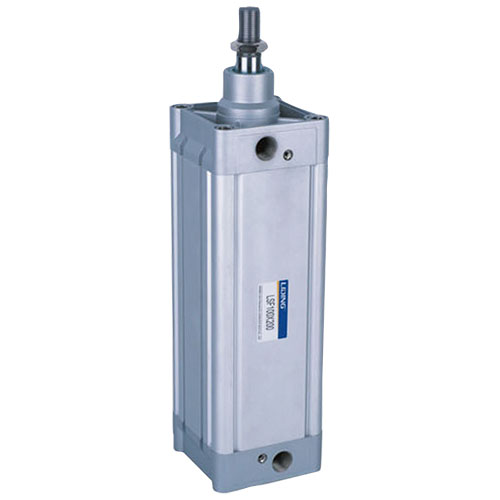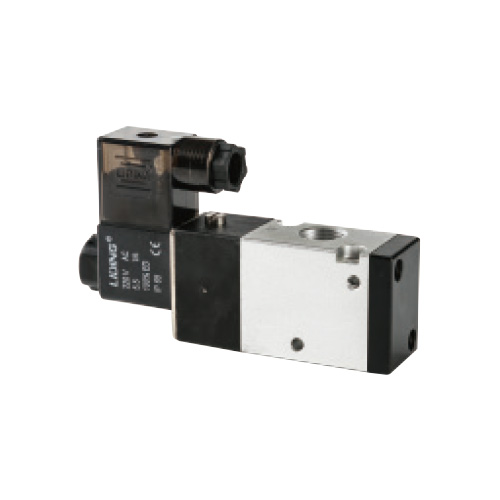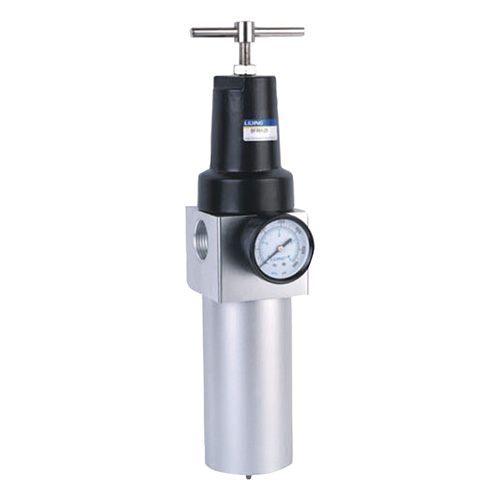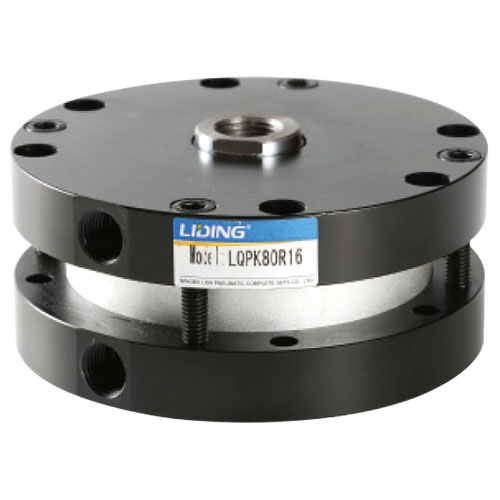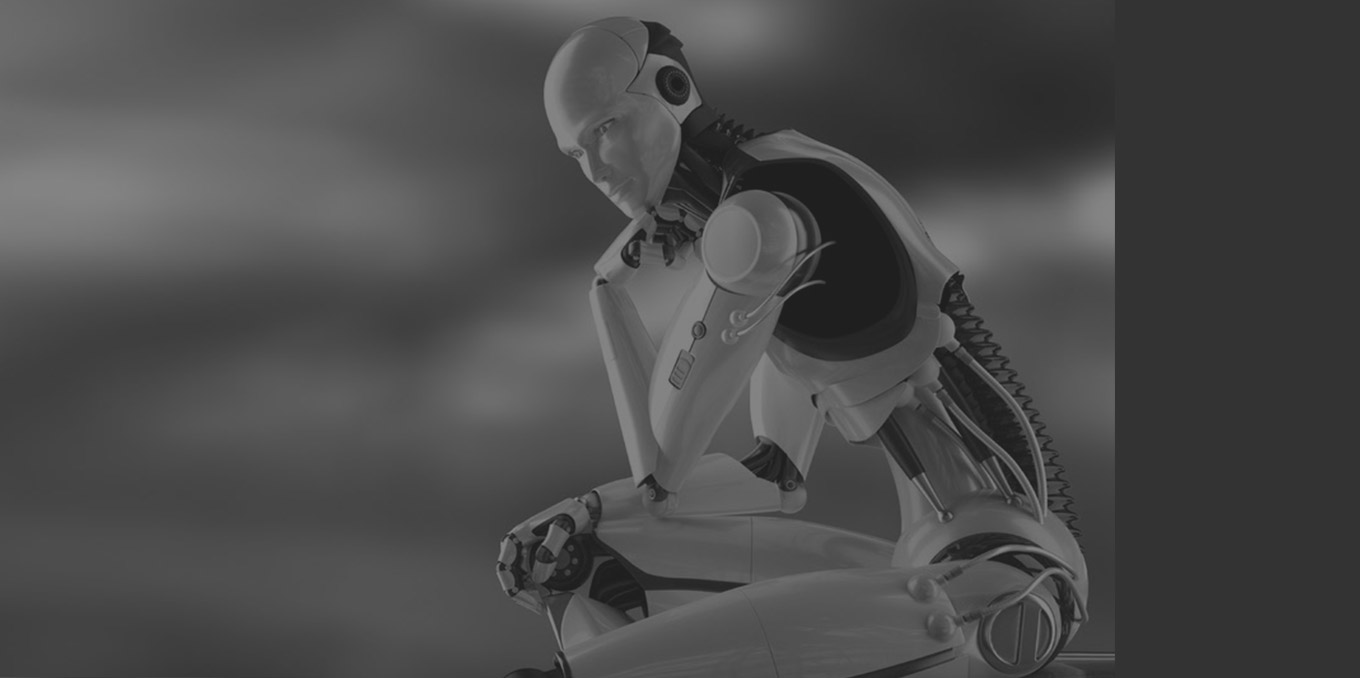How does a rodless cylinder work
The development of the cylinder is amazing, and the app […]
The development of the cylinder is amazing, and the appearance of the rodless cylinder is once again a technological innovation. The transmission of air pressure brings about the transmission of kinetic energy of the cylinder rod, which is very attractive. Today I will introduce two kinds of rodless cylinders to you, I hope it will be useful to everyone.
1, magnetic coupling rodless cylinder
The piston drives the moving body outside the cylinder to move synchronously through magnetic force.
Working principle: A set of high-strength magnetic permanent magnet rings are installed on the piston, and the magnetic lines of force pass through the thin-walled cylinder and interact with another set of magnet rings sleeved outside. Because the two sets of magnetic rings have opposite magnetic properties, they have strong attraction. When the piston is pushed by air pressure in the cylinder, under the action of magnetic force, the magnetic ring sleeve outside the cylinder is driven to move together. The thrust of the cylinder piston must match the suction of the magnetic ring.
SMC magnetic coupling rodless cylinder is a piston action with a strong magnet assembled in the cylinder barrel, and the magnetic force attracts the external slider to act. It is necessary to pay attention to the working pressure for the relationship between the magnetic force of the magnet slider inside and outside the cylinder. Due to the magnetic coupling, there is no leakage. The operating speed is 50~70mm/s to medium speed.
2, mechanical contact rodless cylinder
A groove is opened in the axial direction of the cylinder tube, and the piston and the slider move on the upper part of the groove. In order to prevent leakage and dust-proof needs, stainless steel sealing tape and dust-proof stainless steel tape are used to fix the cylinder heads at both ends at the opening. The piston frame passes through the groove to connect the piston and the slider as a whole. The piston and the sliding block are connected together to drive the actuator fixed on the sliding block to realize reciprocating movement.
SMC mechanically coupled rodless cylinder is a part of the cylinder bore with a cutout, and the external slider and piston are engaged. The cut part is sealed with a sealing tape from the inside to form a cylinder container. The sealing belt of the slider part is bent inward. Because it is easily affected by the surrounding environment, the sealing belt and the piston sealing ring must be protected, so a dust-proof sealing strip is installed. Due to the structure cannot be completely sealed, there is usually a small amount of leakage. The operating speed is from 80 to 100mm/s to high speed, and air buffer or hydraulic buffer can be used.
Working principle: A rectangular hole is made in the middle of the rodless piston of the pneumatic cylinder and the roller connected with the lever is inserted into the rectangular radial hole with an appropriate gap. When the reversing valve is in the left position as shown in the figure, compressed air enters the left cavity of the cylinder, the compressed air in the right cavity is released, the rodless piston moves to the right, driving the roller to move to the right, and at the same time, the roller drives the double-sided wedge to the right Movement, thereby pushing the right compression wedge to clamp the right workpiece.
When the workpiece on the right is clamped, the compression wedge on the left is at the highest position under the action of the return spring, that is, the workpiece is released. Therefore, in the process of processing the workpiece on the right, the workpiece on the left can be loaded and unloaded. When the workpiece on the right is processed, the reversing valve is switched to the right working state, the compressed air enters the right cavity of the cylinder, the roller moves to the left, and the double-sided wedge is driven by the roller to move to the left, pushing the left compression wedge The workpiece on the left is clamped and the workpiece on the right is released at the same time. That is, when the left workpiece is processed, the right workpiece can be loaded and unloaded.


